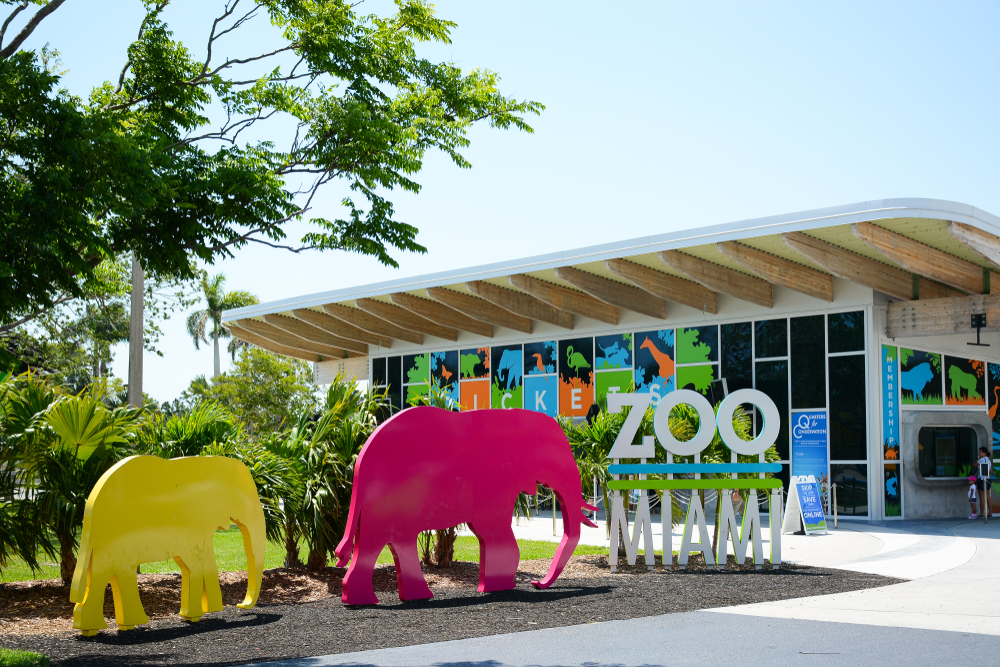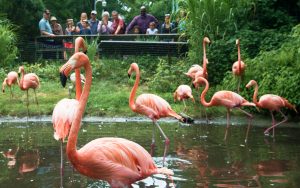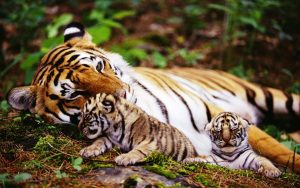Your first sighting of an exotic animal may have occurred in a zoo, and you probably hold zoos in high regard for that wonderful experience.
Whether zoos are helpful or harmful has been a subject of debate for many years, and the answer depends on whether you are for or against zoos.
But for the most part, zoos are more harmful than helpful.
Capturing wild animals using cruel means and imprisoning them for life doesn’t sound all that good.
Let’s look at why humans keep wild animals captive and why zoos are more harmful than helpful.
Table of Contents
Why do we hold wild animals captive?
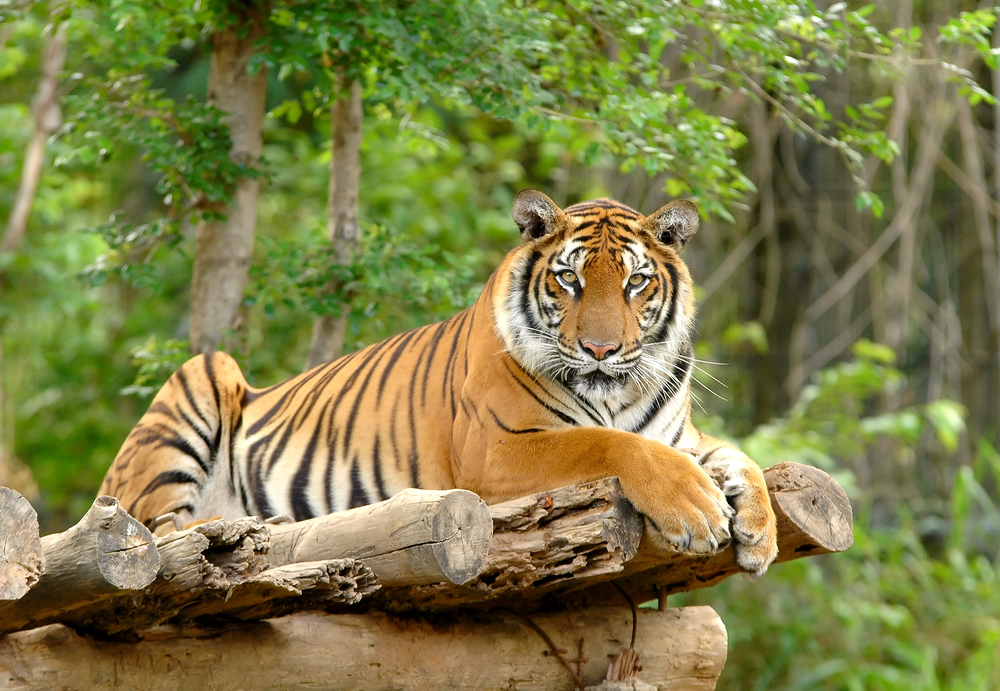
For the most part, we keep animals in zoos for convenience and safety. We like animals and love being around them, but we want to associate with them without significant effort.
No one would risk meeting a wild tiger in its natural environment, and even if there were, traveling to Asia would be pretty expensive.
Apart from amusement, the following are several, seemingly legit, reasons for zoos.
Conservation
Human activity and the subsequent climatic changes are taking their toll. It is not an overstatement to say that vast numbers of animal species are going extinct globally.
Countless more are significantly threatened and risk extinction.
Humans decided to shoulder some responsibility for protecting the few numbers left by feeding, protecting, and breeding them before repopulating the wild again.
Some global changes were also sudden that when they were discovered, only a few members of certain species – if any at all – were left.
Zoos are safe and provide favorable grounds for breeding, which provides a foundation for future populations.
Some endangered species exist in the wild, thanks to zoological parks that provide a safe haven for them.
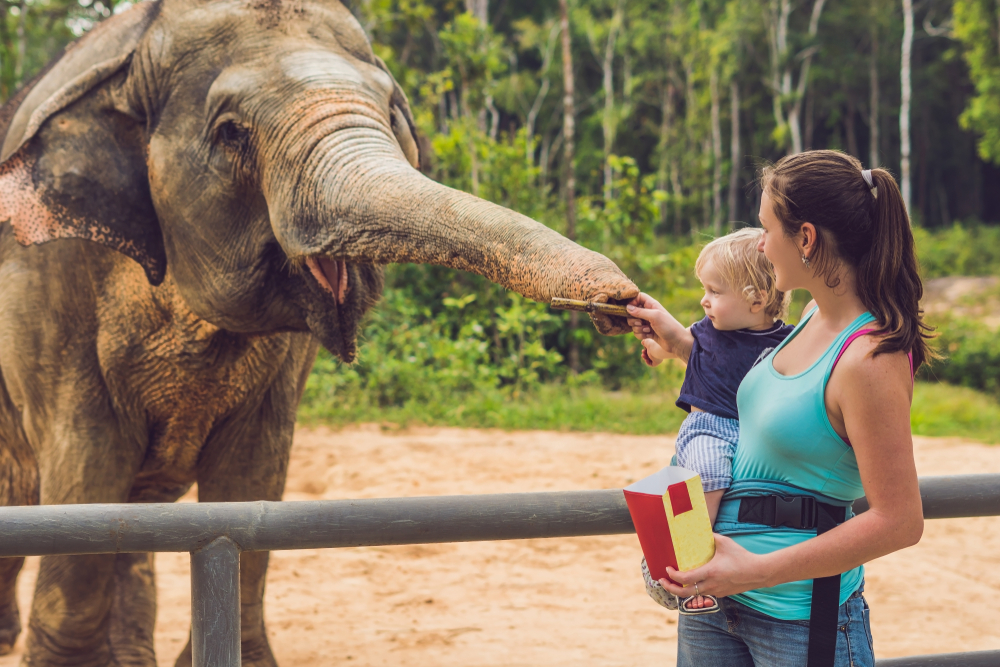
The captive-bred animals have significantly boosted the numbers in the wild.
However, zoos even keep non-threatened animals captive for business purposes.
Education
Many children and adults would never have seen wild animals or learned their importance were it not for zoos.
Funny enough, people residing in modern urban cities will never encounter a wild animal beyond a pigeon or a fox, let alone a tiger or crocodile.
Even with television documentaries that are continuously getting more detailed and real, it’s nothing like the real experience.
Being close up and personal with a live wild animal not in a museum, hearing it, watching, feeling, and smelling it is a game-changer.
Wildlife conservationists use that profound experience as a basis for conservation education. Why would you care that something you only see on posters is going extinct?
With that experience in mind, the conservationists can now educate you using talks, signs, and other means of communication on the importance of conserving those furry friends.
Zoos are now improving their communication and outreach work.
Other zoos work with conservation groups to educate their members. Foreign countries even send their keeps abroad to learn and contribute to the preservation efforts and reintroductions globally.
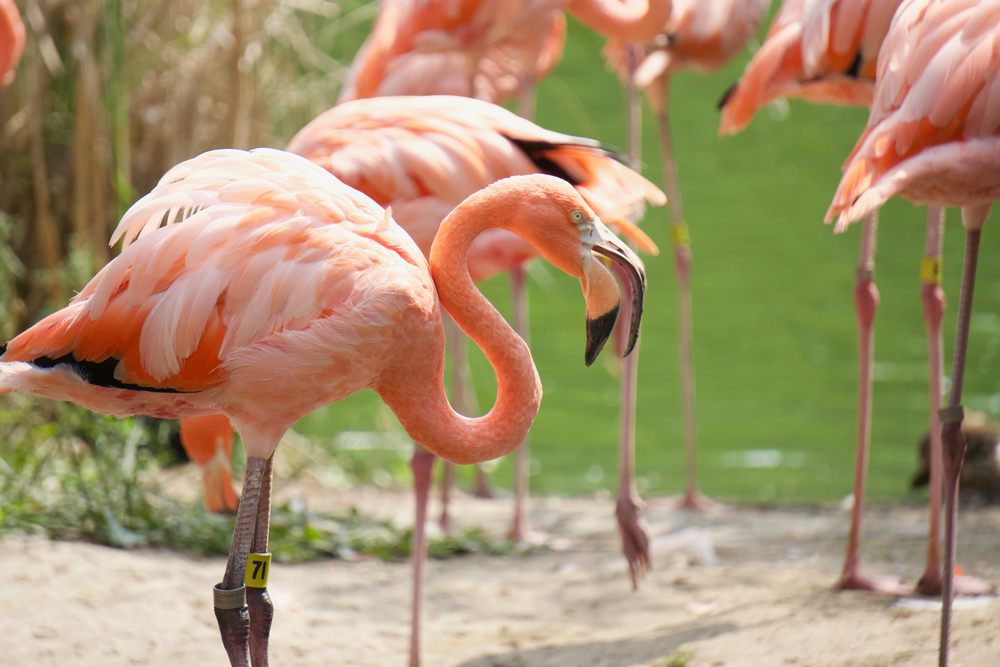
Research
We need to know how endangered species behave, react, and live if we are to save them from extinction.
Studying them in zoos is a plus because the risk is greatly reduced, and there are fewer variables than in the wild.
This means that significant changes can be implemented on huge wild populations with far better accuracy.
Knowing the gestation cycle of a certain species or even the breeding rate can aid in wild population management.
Activities like moving or capturing dangerous individuals are greatly boosted by the knowledge about anesthetic doses and experience in handling them acquired in zoos.
Such knowledge makes a significant difference in reducing human-animal conflicts. It also contributes to a pool of knowledge about habitats destruction, effects of human occupation, and so much more.
Why are zoos more harmful than helpful?
Zoos hurt wild animals in the following ways.
Killing and kidnapping
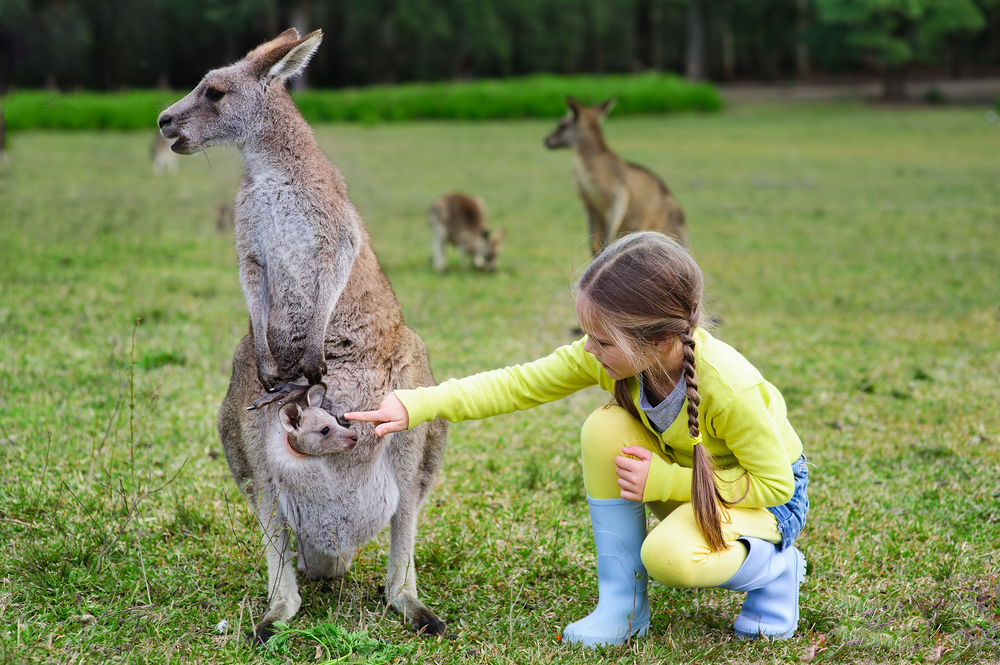
Animals have lived in the vast wilderness for millions of years and not in zoos.
Zoos are not their natural habitat, and to get them there, they are captured and kidnapped. Zoos prefer showcasing beautiful young animals and capturing them means you have to deal with the parents first.
Despite regulations, hunters kill the parents and ship the orphaned babies to zoos worldwide.
Unfortunately, many animals don’t make it.
Artificial insemination
Zoo owners use brutal invasive techniques to extract male reproductive fluid and inseminate the females in captivity.
Younger animals are a magnet for visitors and since acquiring new ones is usually costly, captive breeding seems cheaper.
Zoos don’t provide favorable conditions for natural mating. Zoos opt to violate the animals’ bodies, forcefully collecting semen and impregnating the females to produce young ones.
As a result of living in confinement for entire lifetimes, most animals refuse to mate in such alien settings even when a member of the opposite sex is present.
Captive animals have no freedom to choose their mate and have to make do with what is available.
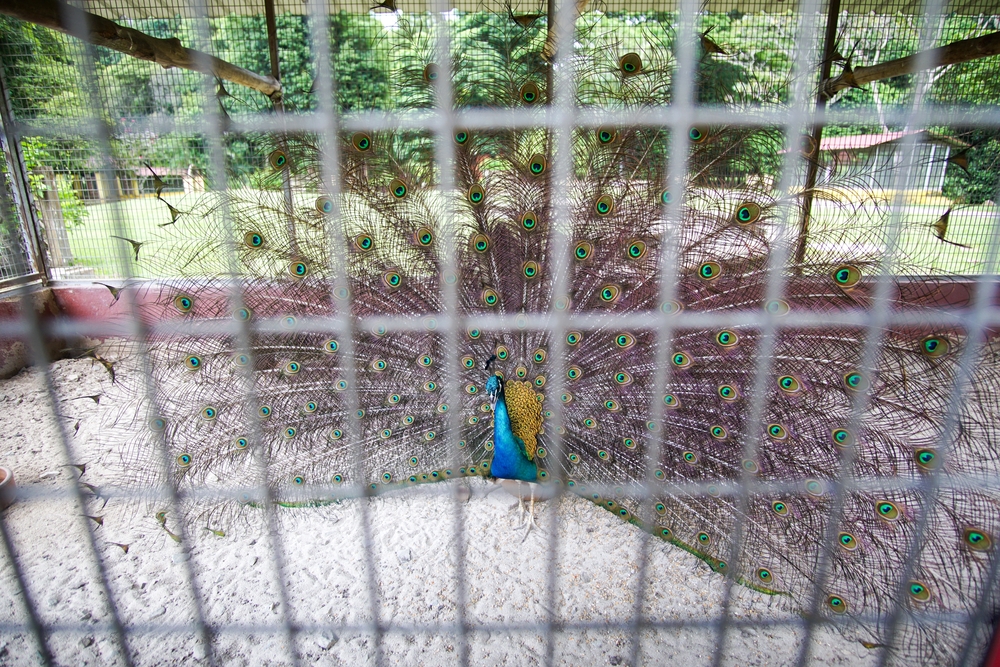
Zoos restrict their social life and dictate whom they can associate with. No one feels comfortable being locked away from family and friends.
Lack of independence
Survival in the vast wild depends on how the animals make decisions, feed, mate, exercise, and much more.
Captive animals can’t choose what to do with themselves because their freedom of movement is limited, and everything is provided.
Zoos limit their autonomy and potential to realize higher-order needs, such as doing meaningful work and living autonomously.
Zoo owners selfishly assume that only humans can partake in actions to help the whole species or have a sense of purpose.
Animal sales
Babies are more popular than adults because they are cute, less aggressive, and can learn new tricks.
When they get older, the expense of keeping them is not justified, and zoo owners have to get rid of them.

They are either sold to other poorly run zoos, sold for medical laboratory experiments, or to ranches in the United States and South Africa for sport hunting.
People pay good money to kill live game. The fact that they are held behind fences and are used to human presence makes it all the more easy.
Mounting evidence shows that animals are more intelligent than we thought and recognize this cruelty.
What are the psychological effects of keeping animals in zoos?
Zoochosis is the new mental disorder in town, and it develops in animals held in zoos, as the name suggests.
It is evidenced by stereotypical behavior, mostly obsessive behaviors, and meaningless repetitive actions.
If you see a rodent riding a wheel all day long, the poor animal is probably pretty depressed.
Signs of zoochosis include a wide range of stereotypical behavior, including but not limited to:
- Eating disorders such as anorexia
- Addiction
- Pacing
- Circling
- Rocking back and forth
- Excessive licking
- Vomiting and regurgitation
- Playing with excrement
- Swaying
- Head-bobbing
- Over-grooming
- Hair-pulling and feather-plucking
- Bar-biting
- Self-harm
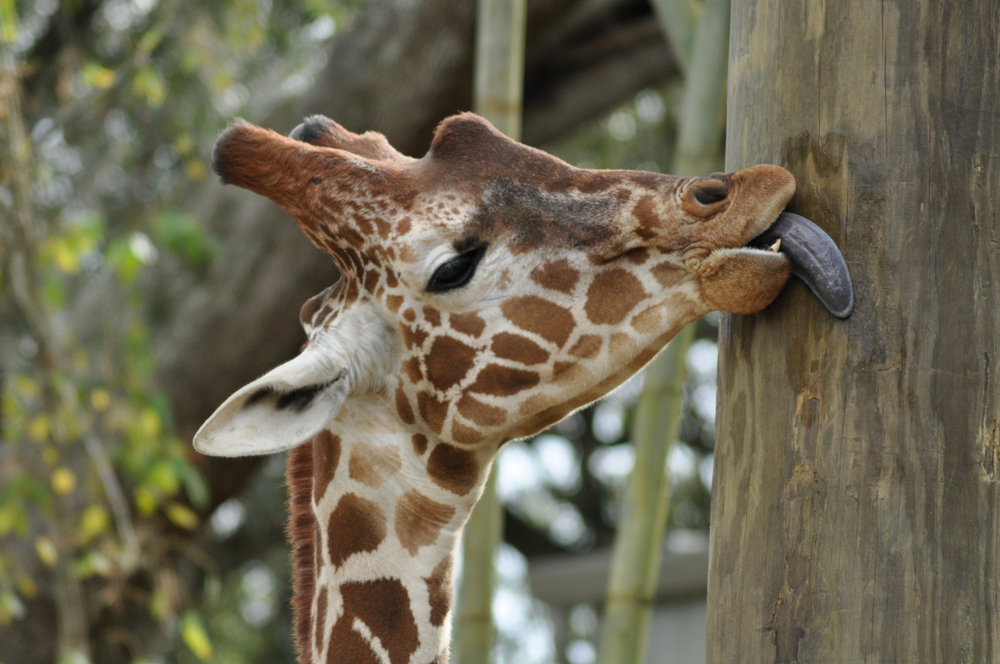
Imagine if a loved one went on a hunger strike, started rocking back and forth, plucking off their hair, or even pacing back and forth continuously.
That would get you pretty worried, and you’d quickly call for medical help. The situation isn’t much different with animals.
Grief
Imagine how hard-hit humans become when a loved one dies unnaturally. People are fearful, grow sad, and can no longer go about their businesses as usual.
Children become orphans with no one to take care of them, which happens when parents are captured or killed.
This applies to animals too.
Zoos are businesses
Zoos are literally businesses no matter how much into conservationism they seem, and they have to make profits for the owners at the end of the day.
People paid a small amount to see the animals in the first zoos or bought a domestic animal to feed them.
The situation is no different today since we still pay to access the premises, meaning they care much more for the profits than animals.
Zoos maximize profits denying animals social companionship, for it would mean more costs.
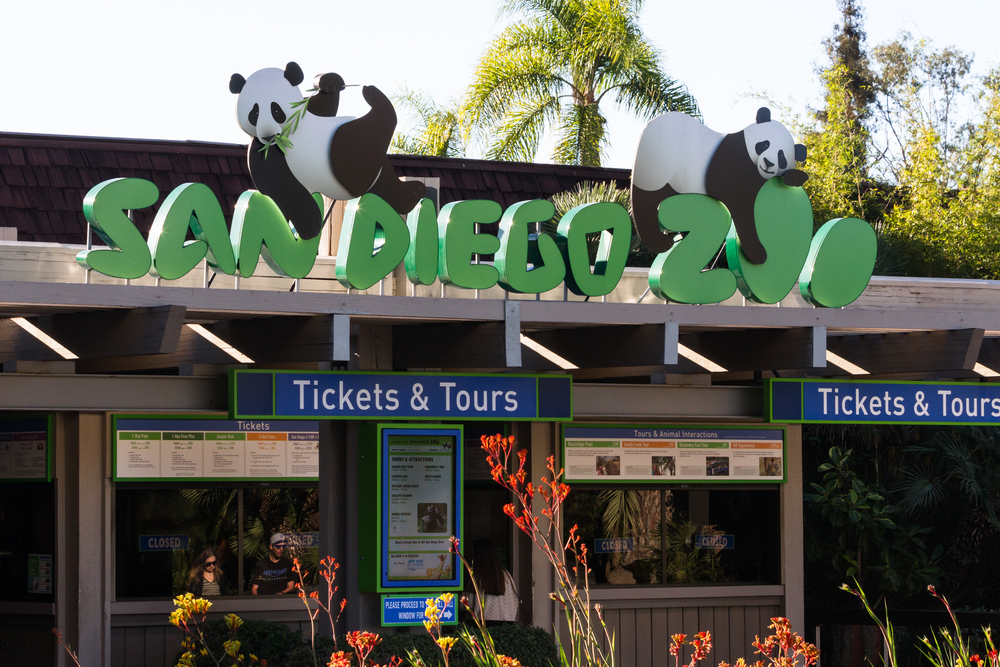
Other ways include reducing access to veterinary care, food rationing, and putting them in the smallest cages possible.
Consequently, the animals are sad and depressed. Zoo owners turn to antidepressants, tranquilizers, and antipsychotics to minimize the signs of depression and aggression exhibited by the “prisoners.”
Zoo education is counterproductive
Children and young adults account for the largest number of zoo visitors. While the close-up experience produces a basis for conservation education, it is also a double-edged sword.
Children unconsciously learn that it is okay to lock animals in cages for their own amusement. Thinking in such a manner is outdated and incredibly harmful.
Zoos disrupt entire ecological systems
Zoos have a taste for big animals such as elephants, lions, bears, and giraffes. While they claim to protect the endangered species, most of the populations in zoos are nowhere near endangered.
Animals belong to the wild and play key roles in ecological balance as prey and predators. Removing them from their natural environment disrupts habitats and native ecosystems.
Imagine that a pair of lions were the top predators on a particular wild reserve. Taking them out of the equation means that the herbivores will grow into dangerous proportions and destroy the vegetation due to the lack of a natural predator.
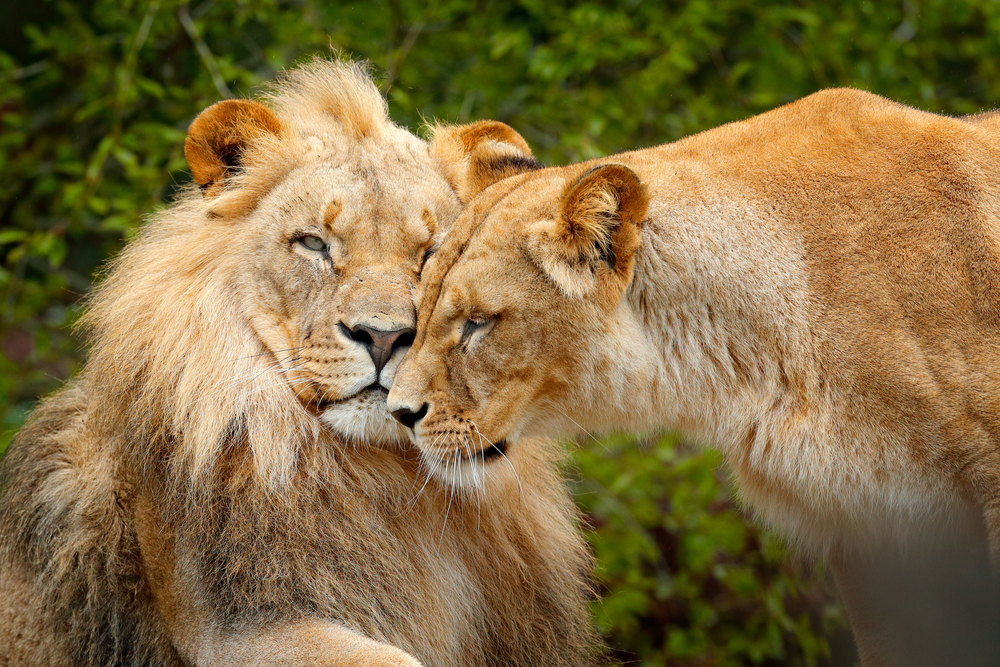
Zoos kill animal survival skills
Zoos always put up a defense that they will breed and take care of the endangered species before releasing them back into the wild.
However, animals born or spent entire lives in metal and concrete cages have no survival skills.
Everything is being catered for, so how will they learn to hunt or burrow a tree?
The truth is, most zoos hardly ever release their captives back into the wild when they become of age.
The lucky few are set free only to prematurely die due to a lack of survival skills that they would have otherwise acquired from the parents or the herd.
Some species like elephants are dying in larger numbers than the zoos can replace, and zoo owners have more reasons to kidnap more of them for “conservation purposes.”
What are alternatives to zoos?
Capturing animals from their natural homes, drugging them to submission, and using them to generate money is no way to treat animals.
The plants, rocks, and other objects sparsely thrown into the enclosure do little to imitate the natural habitats.
Animal sanctuaries are better alternatives to harmful zoos. A zoo is where you go to see an animal in an artificial habitat, while a sanctuary has a natural habitat.
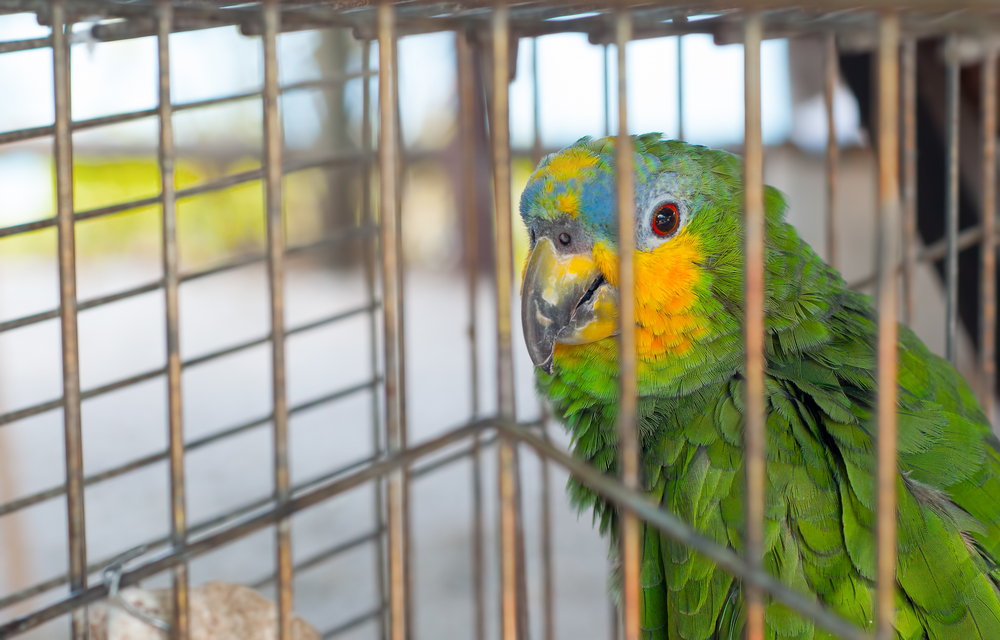
Sanctuaries protect animals unconditionally and do not need to kidnap more from the wild because they are non-profit organizations.
They don’t have a profit margin to meet at the end of the year.
Anyone can access a zoo as long as they have some money. Look at the protocols for entry.
Wildlife sanctuaries are heavily protected areas, and even though you will access the animals, you have to go through a rigorous vetting process.

